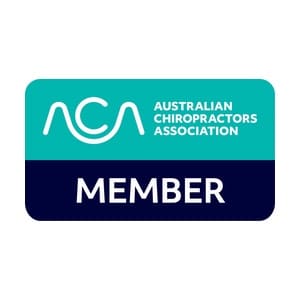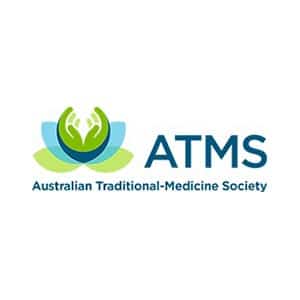A common questions that chiropractors at our clinic recieve is “What is referred pain?” The name suggests a strange problem, one that doesn’t relate to a specific area. Put simply, referred pain is pain felt in an area that does not seem to have any relation to the problem. This phenomenon occurs when the feedback loops of the Central Nervous System (CNS) are functioning poorly, or if too little or too much input is occurring. As many nerve messages are common to different organs, tissues and bones, the CNS can mix or confuse the direction of the messages.
 The pain felt is usually deep, and it is difficult to pinpoint where the exact location is. Referred pain usually is just that: pain. At times, however, it can result in numbness, pins and needles or tingling in areas of the body.
The pain felt is usually deep, and it is difficult to pinpoint where the exact location is. Referred pain usually is just that: pain. At times, however, it can result in numbness, pins and needles or tingling in areas of the body.
Referred Pain Conditions
There are many conditions that involve referred pain. A very common example is headaches, in which pain is referred to the base of the skull, the top of the head, the forehead, or to the temples. The source of the problem with headaches is most often the joints or muscles of the neck. Pain sensations travel through the nerves between the neck and head, and confusion in the nerve pathways results in pain being felt in the forehead, or temples. Pain into the back of the leg can be due to referred pain and may be mistaken for sciatica. Referred knee pain can occur when the knee joint cartilage wears away, exposing nerves in the area. Referred back pain can spread to the hips, mid back or legs.
A more serious example is heart problems, with the referral of pain often occurring into the shoulder (usually left) or into the neck. Referred pain, in particular referred heart pain, highlights the need for proper investigation and diagnosis of the underlying causes of musculoskeletal pain. Unnecessary, often invasive and painful procedures may be performed on areas without real pathology, if referred pain is not considered as an option.
Referred Pain Treatment
The Chiropractors at Back to Basics are specially trained to locate the underlying source of pain, and restore proper functioning to the area. In a randomised controlled trial1 performed by Christensen and Buswell there was a favourable outcome for conservative treatment of people with referred pain. A thorough psychical and neurological examination of areas of stress or tension can help pinpoint the existing spinal problem. From this point, a treatment program can be designed depending on the appropriate treatment for the original site of pain.
Book an appointment with one of our Chiropractors at Kogarah or Parramatta, Click Here.
1. J Chiropr Med. 2008 Sep;7(3):115-25. doi: 10.1016/j.jcm.2008.05.001.Chiropractic outcomes managing radiculopathy in a hospital setting: a retrospective review of 162 patients. Christensen KD, Buswell K.





